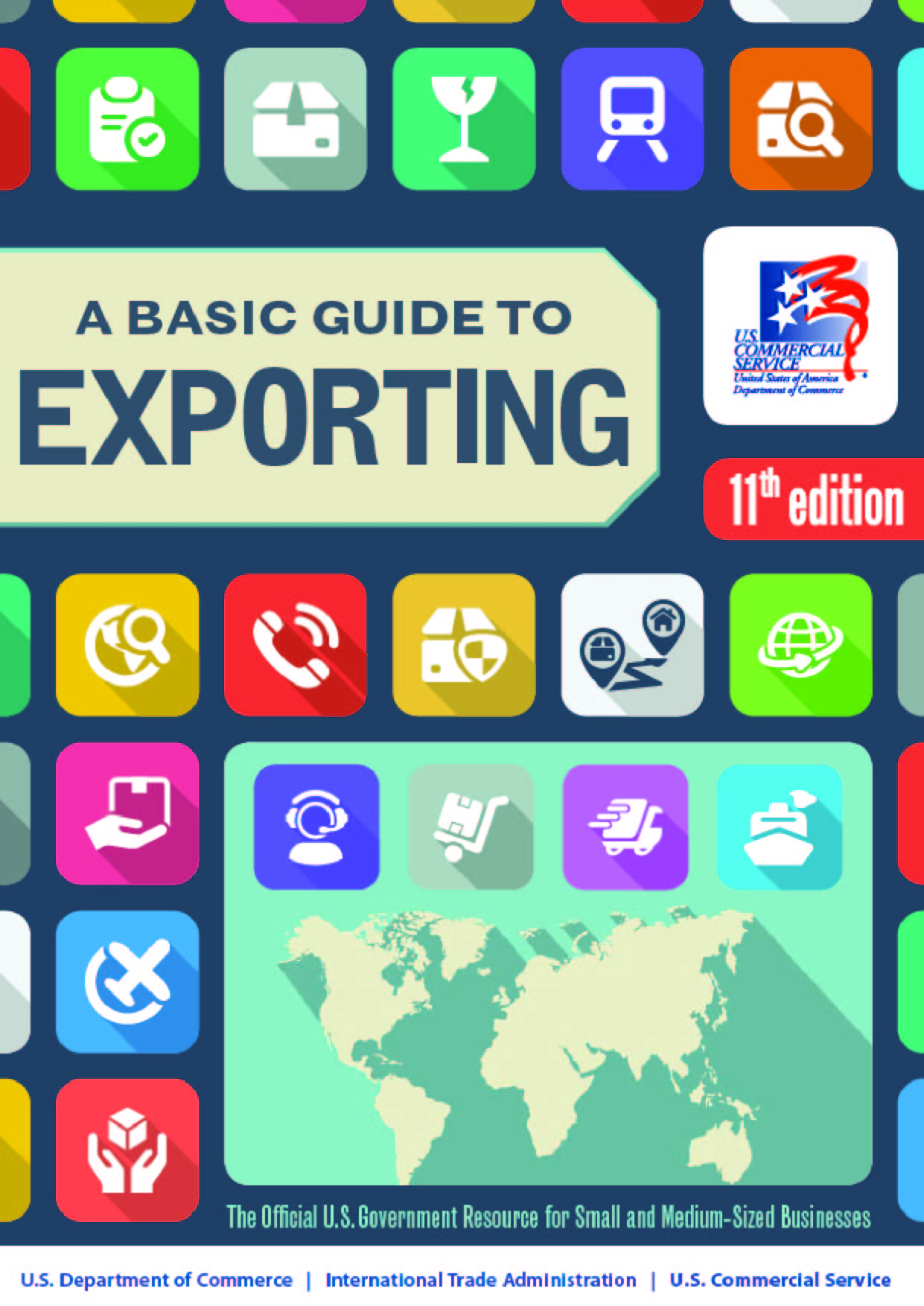The World Is Open for Business—Your Business
Today, it’s easier than ever for a company like yours, regardless of size, to sell goods and services across the globe. Small and medium-sized companies in the United States are exporting more than ever before. In 2013, more than 300,000 small and medium-sized U.S. companies exported to at least one international market—nearly 28 percent more than in 2005, the year in which the 10th Edition of this book was first published. In 2013, the value of goods and services exports was an impressive $2.28 trillion, nearly a 25 percent increase since 2010. And 2014 topped the previous year, with exports valued at $2.34 trillion.
Additional Reasons to Explore or Expand Exporting
Global trade in goods and services is likely to grow in the future. The new World Trade Agreement on trade facilitation that was introduced at the end of 2013 and renegotiated in 2014 will reportedly add $1 trillion to the global gross domestic product (GDP) once it is fully implemented. This agreement compels the World Trade Organization (WTO) members to improve customs procedures and cut regulatory red tape, speeding the flow of goods and services across borders and reducing the costs involved. The U.S. government will create a “single window” system that has some of the same benefits and efficiencies as the WTO effort.
When this edition of A Basic Guide to Exporting went to press, the United States was in an advanced stage of negotiating trade agreements with the European Union and countries in the Asia-Pacific region, including the large market of Japan. Together, these markets represent 50 percent of total global GDP and 30 percent of global trade. These agreements, if ratified, will join agreements already in place, including the North American Free Trade Agreement (NAFTA) and the Central America and Dominican Republic Free Trade Agreement (CAFTA-DR). More than reducing the duties on imported goods by member countries and thus making these products cheaper for consumers, the agreements also generate additional business opportunities by strengthening intellectual property protections, simplifying regulations, opening up the service sectors and government contracting procedures, and generally treating foreign companies the same as domestic companies.
Do You Want More Sales Channels?
Online B2B and B2C marketplaces offer virtual storefronts and a ready-made global army of shoppers. They also offer payment solutions, and you can choose a shipper that will take care of the required documentation for you. The shippers want to help make things easier too, and many offer international business advice, freight forwarding and customs brokerage services, cost calculators, and in some cases, financing. Plus, they’ll pick up goods and documents from your back door and deliver them to almost any address in the world. And you can track everything on their website. Some e-commerce platforms will arrange to ship your goods to one or more of their fulfillment warehouses located in major commercial centers around the world. As items are sold and shipped quickly to buyers, you can restock the goods by sending larger quantities to the fulfillment centers, generally at less cost than shipping one item at a time from your place of business in the United States.
Why Don’t More Small Companies Export to More than a Single Market?
One reason is fear. It’s not very fear inducing to sell to a buyer in Canada who seems not so far away, speaks the same language, and operates under a similar legal system. Croatia or Myanmar are perceived to be more risky. But are they? Many U.S. companies are doing good business there now. In general, their “secret sauce” boils down to careful planning, relying on assistance provided by government export promotion agencies, good basic business fundamentals including excellent customer service, and a willingness if needed to get on a plane to visit a prospective customer.
Surprised?
Then you also might be surprised by the old global business assumptions and the new ones replacing them. This book is mainly written for you, the millions of business owners, or their business development gurus, who could export or export more. You’ve asked to have spelled out in plain language how people busy running their businesses can learn what they need to know to grow their sales globally. And here it is: A Basic Guide to Exporting.
Exporting Is Strategic in Another Way
With the volume of trade growing exponentially and barriers to trade falling, competition in a company’s domestic market is intensifying, particularly from foreign competitors. We need to compete in our own backyard while we simultaneously open markets for our products and services in other markets:
- Ninety-five percent of the world’s consumers live outside the United States. That’s a lot of potential customers to ignore.
- Foreign competition is increasing domestically. To be truly competitive, companies must consider opening markets abroad.
- Exporting is profitable.
- Exporting helps businesses learn how to compete more successfully.
Want to further explore this topic? You can read through the book above.










